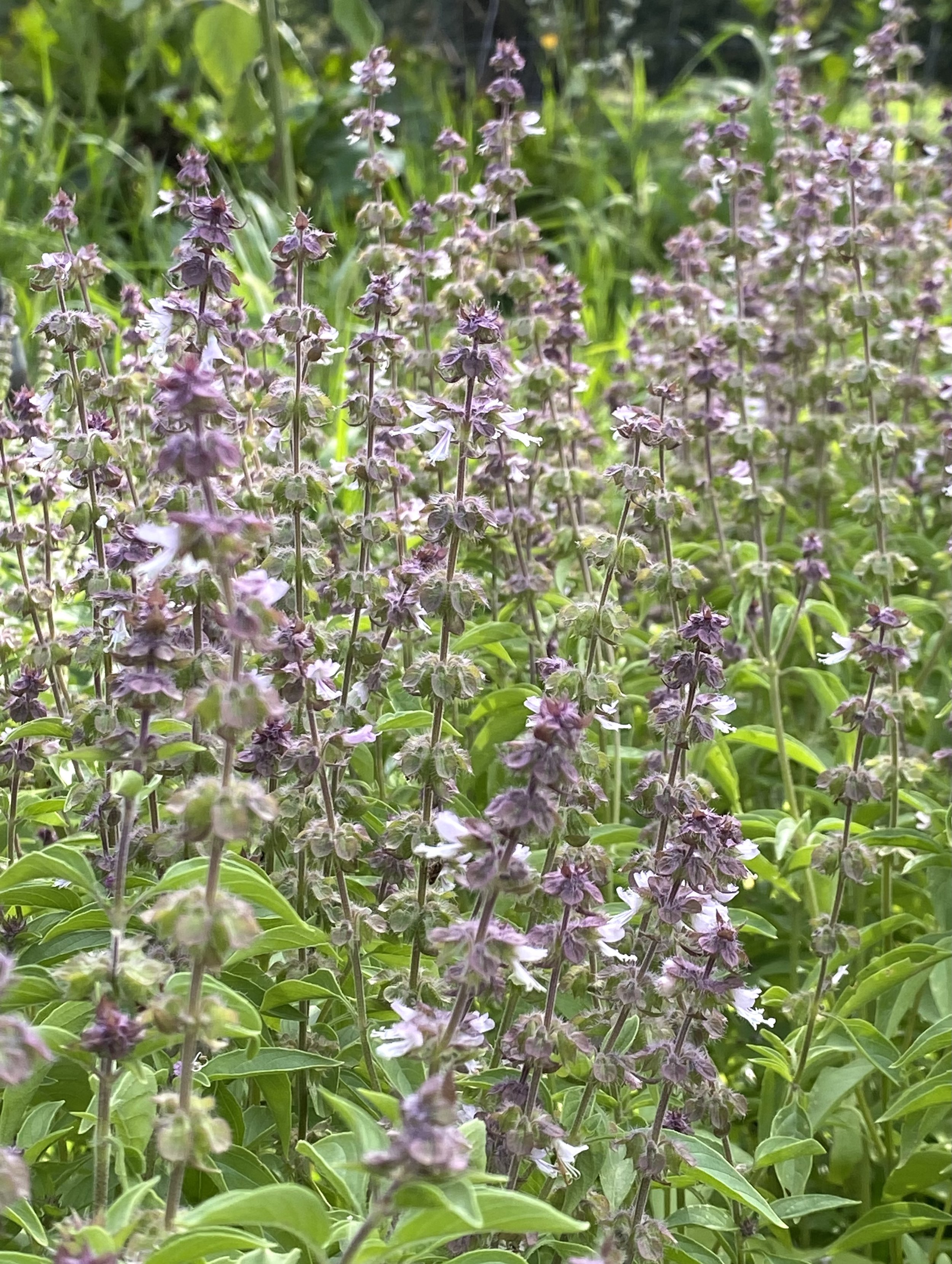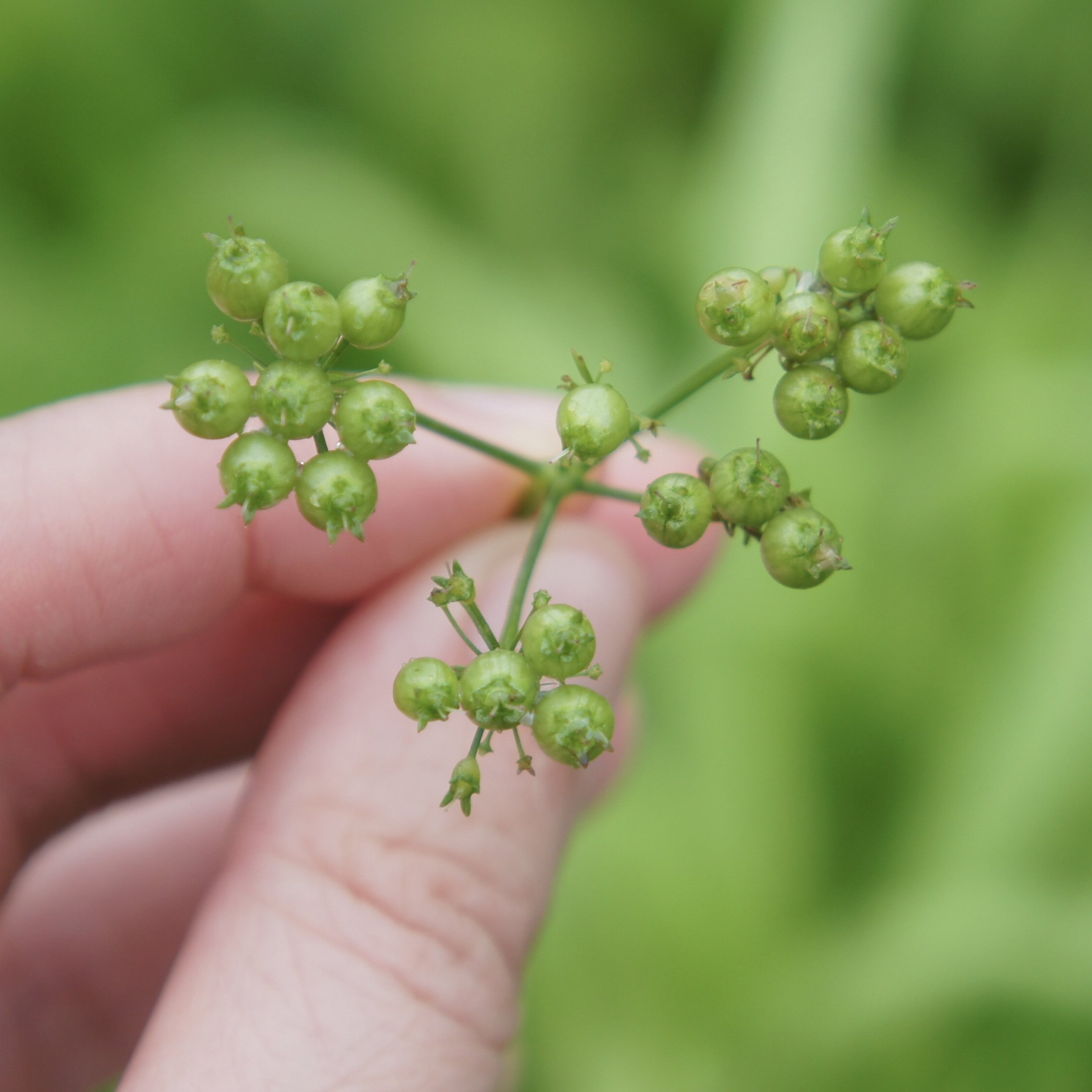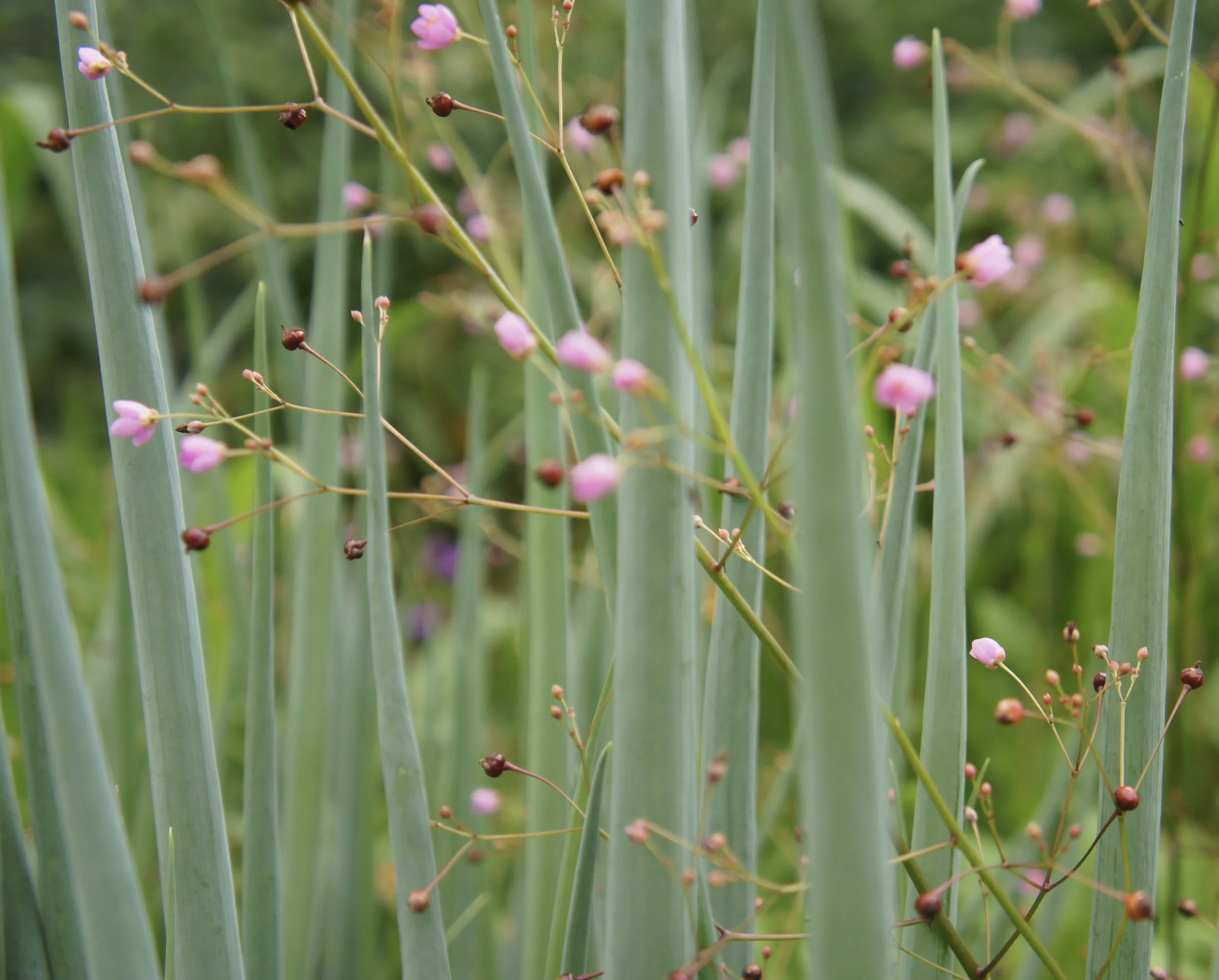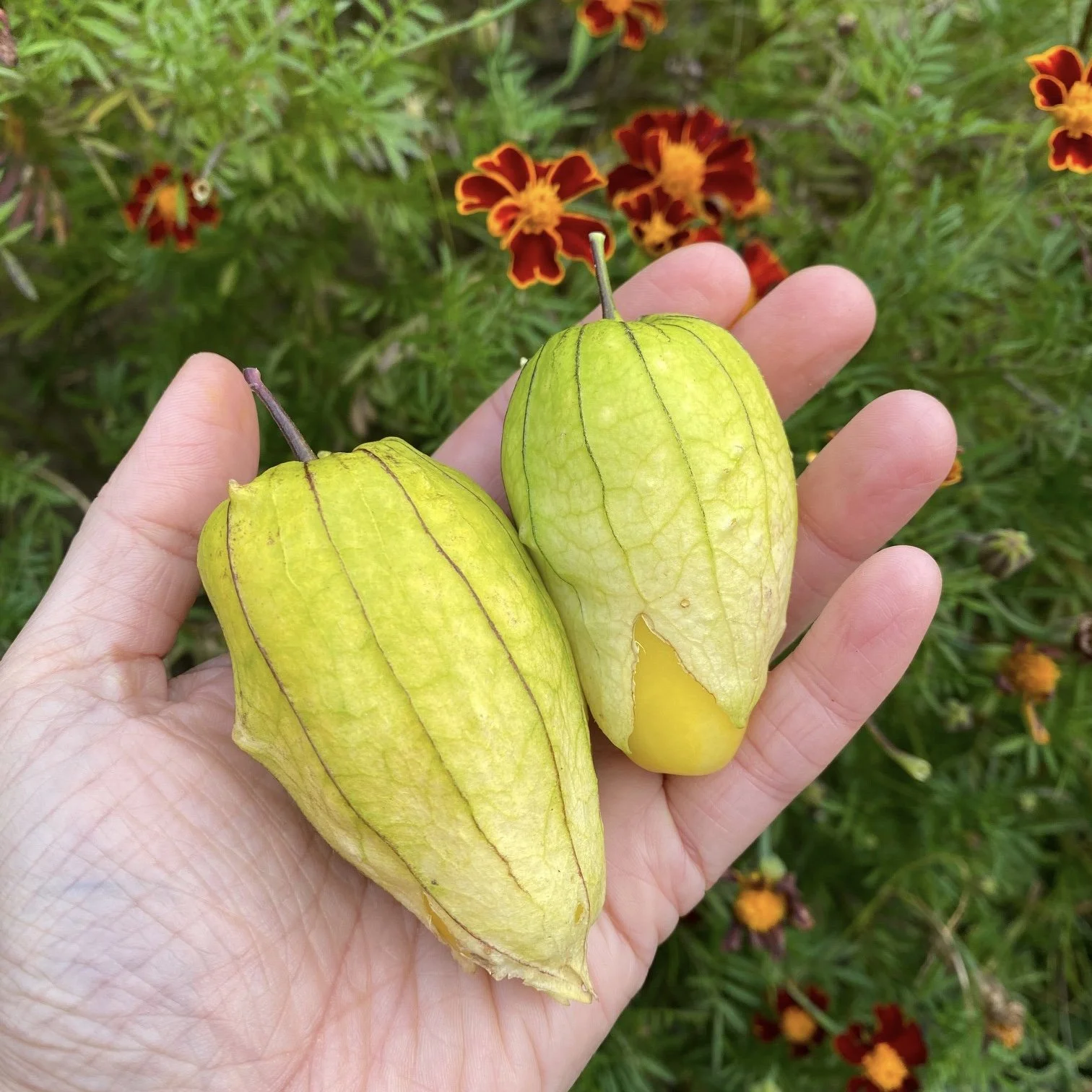In the Garden of Herbs and Spices
Fennel, Black Cumin, Lemon Coriander, Bird Peppers, Sasklavi Basil and Anise.
What is an herb garden? There are surely gardeners among us that have never ventured beyond tucking parsley, basil and dill amongst the vegetables, and that is absolutely okay. Some of us have dedicated dry beds that are home to perennial thyme, oregano and sage that provide many years worth of fresh herbs during the spring, summer and autumn. But most of these annual and perennial herbs and their seeds are also useful for drying. Winter is the best time to appreciate the (sometimes literal) fruits of your labor. Cupboards filled with jars of fragrant dried herbs and spices can inspire even the most resigned cooks to season a humble gratin or pot of beans with new flavors. Have you tried Blue Fenugreek? Nepitella? How about Lavender Sage or Lemon Coriander? Fennel? Why not? All are easily grown in the kitchen garden and can produce four seasons of fragrance and flavor in the gardeners’ kitchen.
Of the annual herbs, Marjoram sees some of most use in our kitchen. Though closely associated with Italian food, it is common to diverse European, North African and Middle Eastern cuisines. Years ago we discovered the Polish tradition of rubbing apple-stuffed roasted poultry with Marjoram and fresh nutmeg. We were skeptical, but the combination is divine, and the experience opened our eyes to just how adaptable this ubiquitous and unassuming little herb really is. It grows easily and dries fabulously and is suitable for containers.
Dried crushed Parsley is great for tossing into winter soups, though not all parlsey is suitable for drying. Gigante di Napoli is our favorite of the Italian varieties, and its strong flavor and substantial leaf make it ideal for dried use. This year we have added Festival 68, a Soviet-era hybrid of parsley and celery that is fantastically aromatic and holds its flavor exceptionally well when dried. Both rustic Dutch and fine Chinese Cutting Celery leaves and seeds are suitable for drying, and combined with fleur de sel will make a superior celery salt.
Rarely do we find it worthwhile to dry Basil. Even the most fragrant selections tend to lose their flavor when dried. Basil is put to better use as a frozen pesto. However, we have been growing a variety from Georgia for the past few years, one that was most probably selected specifically for dried use. Sasklavihas a tender leaf and fine fresh flavor, but dried the leaves and bracts exude an incredible spicy fragrance. The flavor is magical. Combined with Blue Fenugreekand Lemon Coriander you have the makings of an impressive and authentic khmeli suneli.
Nepitella is a perennial herb with a flavor that is reminiscent of both marjoram and mint, but different. Dried, its culinary value exceeds that of mint, and in our kitchen it has replaced true mint in nearly every spice blend that calls for it. Nepitella has a subtle perfume that never reminds of toothpaste. In Egyptian duqqa especially, it makes a world of difference. In the vegetarian kitchen, Nepitella enhances the mild earthy flavors of mushrooms and artichoke.
Lavender Sage is considered by some taxonomists a subspecies of garden sage. There are obvious olfactory similarities, but in the garden the narrow silvery foliage of Lavender Sage is distinctive, and dried the flavor features unique floral notes of both lavender and rosemary. If you rarely feel compelled to cook with common sage, Lavender Sage is a great alternative. It works wonders with both sweet and savory fare and never tastes like Thanksgiving dinner.
Fresh or dried Savory contributes fantastic flavor and a valuable carminative to bean soups and salads. Perennial Lemon and Winter Savory will stand through much of winter and are favorites for flavoring root vegetable and potato gratins. Our annual Summer Savory is a compact and fragrant selection that is perfect for planting between rows of bush beans in effort to deter bean beetles. It is the definitive “bean weed".
If you grind your own spices, consider growing them. “Coriander" is very simply the seeds of “cilantro". When cilantro bolts, voila! Coriander. The fragrance of Lemon Coriander is sweet and citrusy. The unripe green fruits can be crushed for use in Thai curry paste or used to make an infused vodka. Freshly ground, the dried seeds are marvelously perfumed. The best coriander ever. Sprinkle atop and stir into hummus and use generously to flavor cauliflower gratins and white bean soups.
We have offered Wild Fennel seeds for years, and will continue to do so, but this year we decided to add Sweet Fennel to our collection due to its early and generous production of seeds that can be used for superlative tea or seasoning. Like Wild Fennel, Sweet Fennel produces lots of flavorful pollen that can be dried and bottled for future use. The stuff costs a fortune at high end markets, but is easily procured from the garden. The seeds, too, are common to diverse cuisines and are one of the primary flavors included in traditional five spice. And of course, they make a soothing and gentle herbal tea.
Black Cumin isn't cumin at all, but rather the seeds of Nigella sativa, the “fitches” of Isaiah. These black seeds are profoundly delicious and nutritious and can be used to produce superior garam masala. They may also be ground or processed like sesame for qizha, or a black tahina. We crush them with toasted tree nuts and toss them onto arugula salads and roasted squash with vanilla bean-infused balsamic vinegar and roasted hazelnut oil. Swoon.
Another neglected species among American gardeners is Caraway. Entirely edible, this hardy biennial produces flavorful fronds and roots as well as seeds in the second year. If you rarely use the seeds, grow a short row and harvest all but three plants for fragrant roasted or boiled roots in autumn. Those three remaining plants will likely produce enough seeds to flavor at least a few batches of rye bread, sauerkraut, harissa and goulash in the following year.
Growing and drying peppers for paprika can sometimes be tedious in cool maritime climates, but we find that tiny Zimbabwe Bird Peppers dry easily in the house without any intervention, and their flavor is excellent: tangy and sweet with fantastic heat. They are easily crushed or ground as needed and look great in a little glass jar. The plants themselves are remarkably compact and productive, making them perfect for small gardens and containers.
Other herbs that we grow for drying include Greek Oregano, Ayelet Thyme, Casola Valsenio Sage and Ambrojia Dill. Both Anise and Kkaennip (Korean shiso) produce fragrant seeds that are useful for diverse culinary purposes. We've also just added Kurogoma to our collection. When toasted, this Japanese black sesame is fragrant and flavorful enough to qualify as a spice, although we've listed it with the Grains based on the stature of the plant and its cultural requirements. Elka and Ziar breadseed poppies are likewise listed as grains, although they surely qualify as “spices", as well as self-sowing annuals and medicinals.
If only horticultural classification could be cut and dried.






